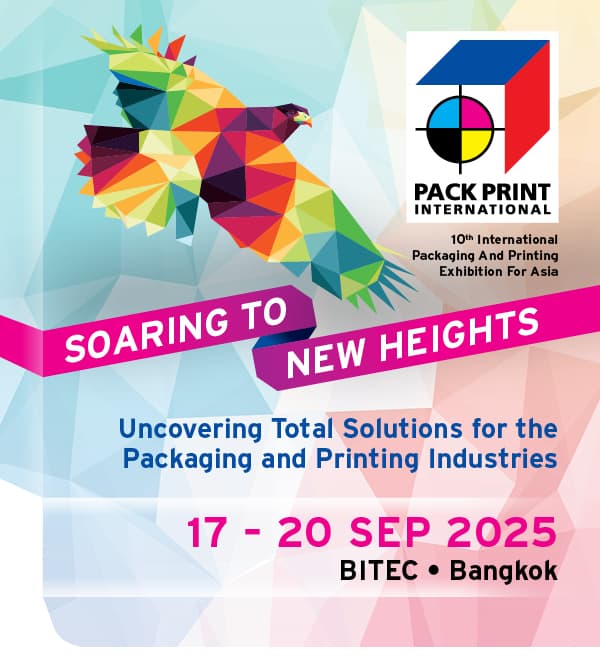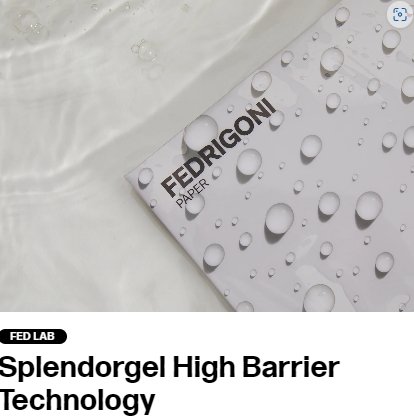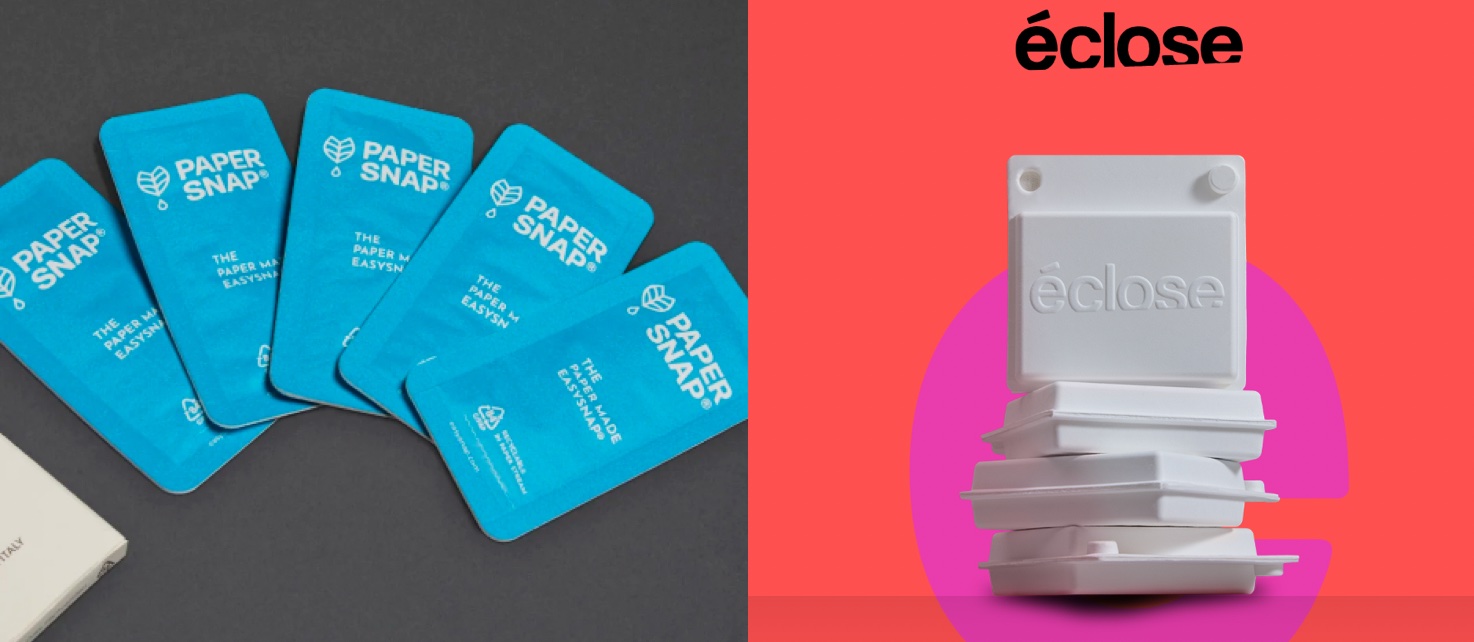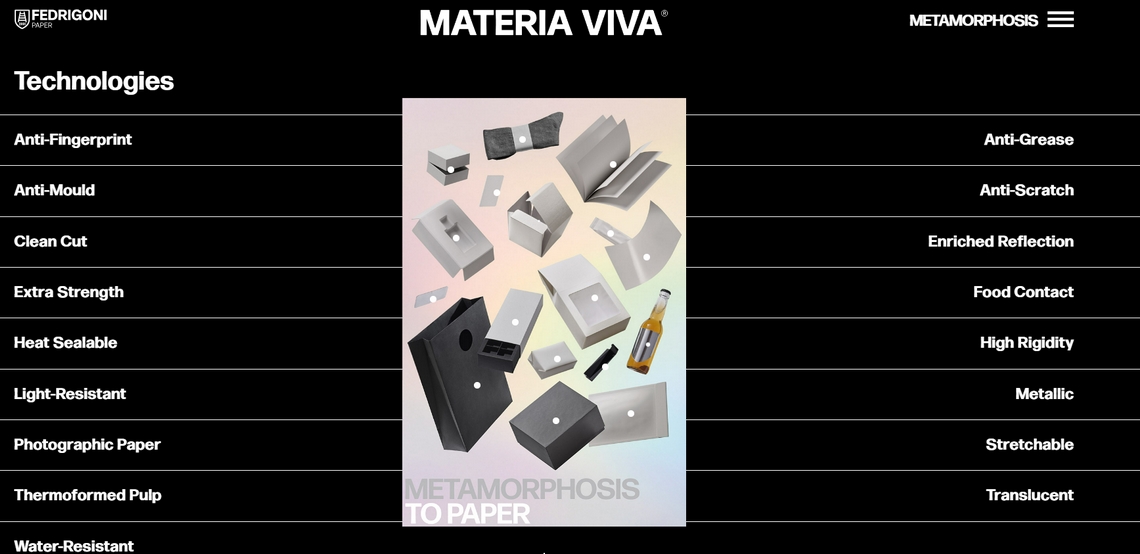


In-Conversation with Fedrigoni Paper
With a growing concern for the environment, there is a significant focus on sustainable packaging solutions which in turn, has prompted businesses and consumers alike to shift towards more eco-friendly packaging practices.
Sustainable practices by packaging companies includes practices like reducing packaging waste and implementing eco-friendly printing processes. Kervin Valero - Asia Pacific Marketing Manager for Fedrigoni Paper, walks us through the steps taken in achieving a goal of having 100% recyclable products.
Fedrigoni Paper has a goal of having 100% of recyclable products certified by third parties by 2030. Could you tell us more about the steps you are taking towards achieving this?
Kervin: As Fedrigoni we decided to test the recyclability of our paper products following the Aticelca 501/19 method because it is one of the most rigorous, science-based technique and in line with current regulations (UNI EN 13430:2005 from Packaging and Packaging Waste Directive 94/62/EC).
The Aticelca 501/19 system is a voluntary assessment method for measuring the level of recyclability of any paper and cardboard product through a lab simulation of the steps in the industrial recycling paper process, from pulping to the production of the new paper sheet.
The assessment outcome allows producers and users of cellulosicdominant materials to report the recyclability level of their materials or products based on science-based measured data.
You have experimented with new sustainable solutions integrated into paper, reducing complex processes for brands. Could you provide a few specific examples?
One of the key features of specialty paper has been its ability to stand out on its own without much printing effects needed to elevate its look and feel. At Fedrigoni we consider choosing paper as a creative act. We offer a lot of coloured paper and textured paper that can be used off the shelf and converted to boxes and other applications, so it minimizes the work converters need to do on them. We have come up with different solutions to replace the need for plastic lamination as well all showcased in our “Materia Viva” Volume 2 collection. We have paper with waterproof surfaces like Ispira and Splendorgel Hight Barrier Technology, we have paper with pearlescent finish like Sirio Pearl and other ones with added resistance to handling like Imitlin. Some of which are already widely available in the market.

Fedrigoni Paper is researching alternative fibres for paper production, such as cotton and hemp. How do these materials compare to traditional paper materials in terms of sustainability and performance?
Kervin: Cotton and hemp fibres tend to add a lot to brand perception because they have the benefit of being tree-free fibres. With a growing clamour for paper alternatives to plastic materials, this certainly alleviates some pressure on the demand for FSC certified pulp. Hemp fibres tend to add a very natural aesthetic to paper like to our Freelife Kendo, while cotton adds a luxurious softness and strength to the paper. More recent innovations that even have me surprised are the use of flowers, milk and cocoa fibres—the addition of which goes beyond technical performance but also opens opportunities for more brands to incorporate the concept into their brand DNA.
Fedrigoni Paper has been creating paper products to reduce plastic use. Could you tell us more about your most successful 'plastic to paper' transitions so far?
Kervin: Our customers are really driving the “plastic to paper” transition. This naturally pushed us to develop the products that enabled them to make the switch and realize their sustainability strategy. We’ve always been a key player in luxury fashion where their requirements include packaging boxes and shopping bags; applications where plastic has always played an important role of showcasing and protecting what’s contained within. Luxury brands were some of the first customers to ask us for plastic free solutions, so much of our early successes come from working with them. From paper with surfaces as shiny as glass without lamination to package perfume and/or cosmetics products to paper with the strength to withstand heavy weights without tearing to ensure quality shopping experiences—I’d have to say this is where we helped a lot in the transition.
Could you share more about the role of Fed | Lab in the innovation process and how it contributes to Fedrigoni Paper’s commitment to a circular economy?
Kervin: Fed | Lab is an innovation hub where you can explore the infinite potential of our paper and where we can find the perfect product for your ideas, together. It is a place of opportunity for partnerships and joint ventures connecting new insights.
In the past couple of years alone we have launched great products that can be critical to eliminating single use plastic packaging. 1. Is paper snap which is a 100% recyclable in the paper stream single dose packaging called PaperSnap, and the other is Eclose which is a pulp based alternative to moulded plastic packaging.

What are your thoughts on the trends in the paper and packaging industry in Southeast Asia, particularly in the context of sustainability?
Kervin: There are still a long way to go as a lot of entrepreneurs from the ASEAN region has been used to only pushing on the lowest price, but the conversation is now definitely changing. These days more and more people agree on the need to be sustainable, and the conversation has now shifted to how to make all that attainable in the face of the cost of going sustainable. There is a growing consciousness to more sustainable materials, but few people are well versed in the subject, promoting awareness to separate myth from fact to keep brands from falling into greenwashing has become very important.
Can you tell us more about your expectations from the Southeast Asian market and how the trends here align with Fedrigoni Paper’s sustainable development goals?
As different countries the ASEAN region continue to suffer the arising calamities climate change brings, sustainability will only get higher in everyone’s priority. The Gen Z population that is more predisposed to acting on and effecting change will play an important role in the market. I believe they will continue to push the importance of sustainability, and along with it Fedrigoni paper’s importance in the market. As Gen Z population find their place in leadership positions in government, business, and academe buying cultures should change at a more dramatic pace.
How do you see the Southeast Asian market fitting into Fedrigoni Paper’s overall growth strategy?
Kervin: There’s about a billion people in Southeast Asia, that’s about 12% of the world population whose purchasing power is foreseen to eventually outstrip Europe. We’re a global company with a lot of our branches still coming out of Europe. We’d like to grow in Southeast Asia to truly be global.
Why did you choose to exhibit at PACK PRINT INTERNATIONAL this year? Can you share some of the key innovations trade visitors can expect to see.
Kervin: We believe that joining Pack Print International Exhibition would be a great opportunity to showcase our fine papers for print and packaging. We will set the stage for a captivating unboxing experience and tell a story that’s sure to leave an indelible mark in the hearts and minds of our visitors.
We will officially launch in Southeast Asia our Materia Viva 2 collection – a collection of 17 technologies that enable paper to take the place of plastic.

What type of visitors or industries are you particularly interested in engaging / meeting with at PACK PRINT INTERNATIONAL, and why?
Kervin: We’re looking forward to meeting new printers and converters, especially those in packaging that did not have any alternative to plastic substrates until now. Also brand owners and designers looking to add to their sustainability agenda.